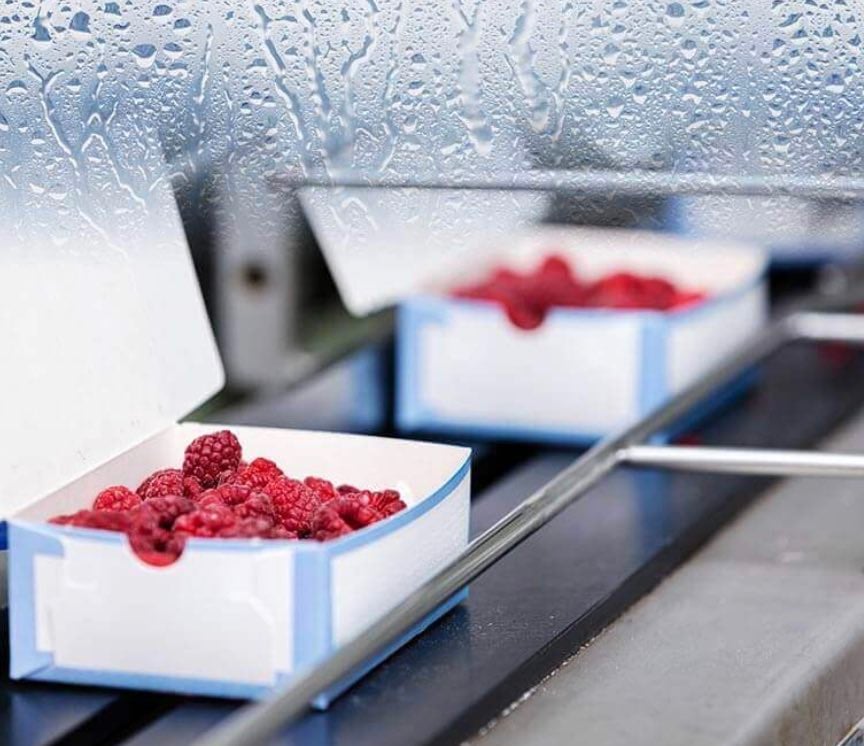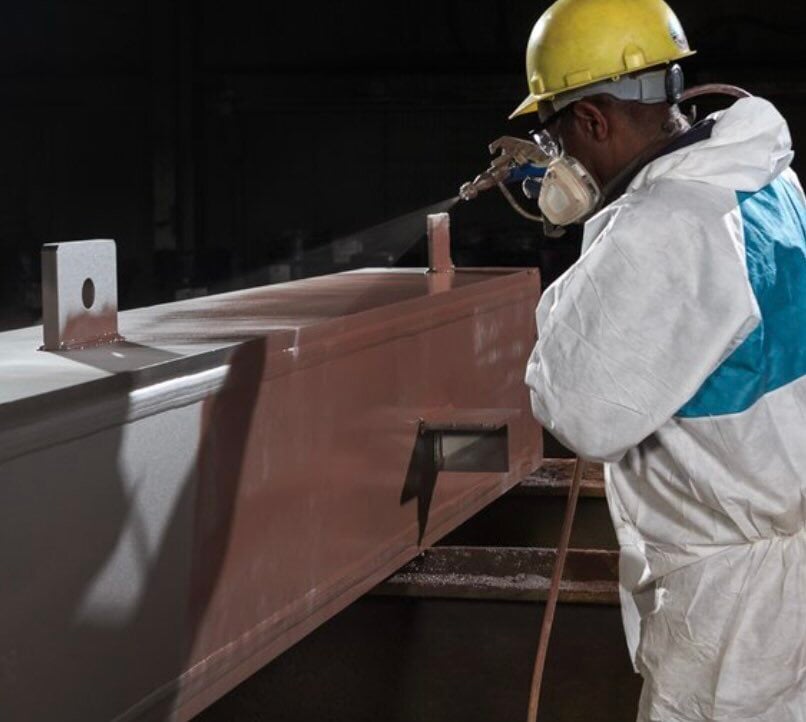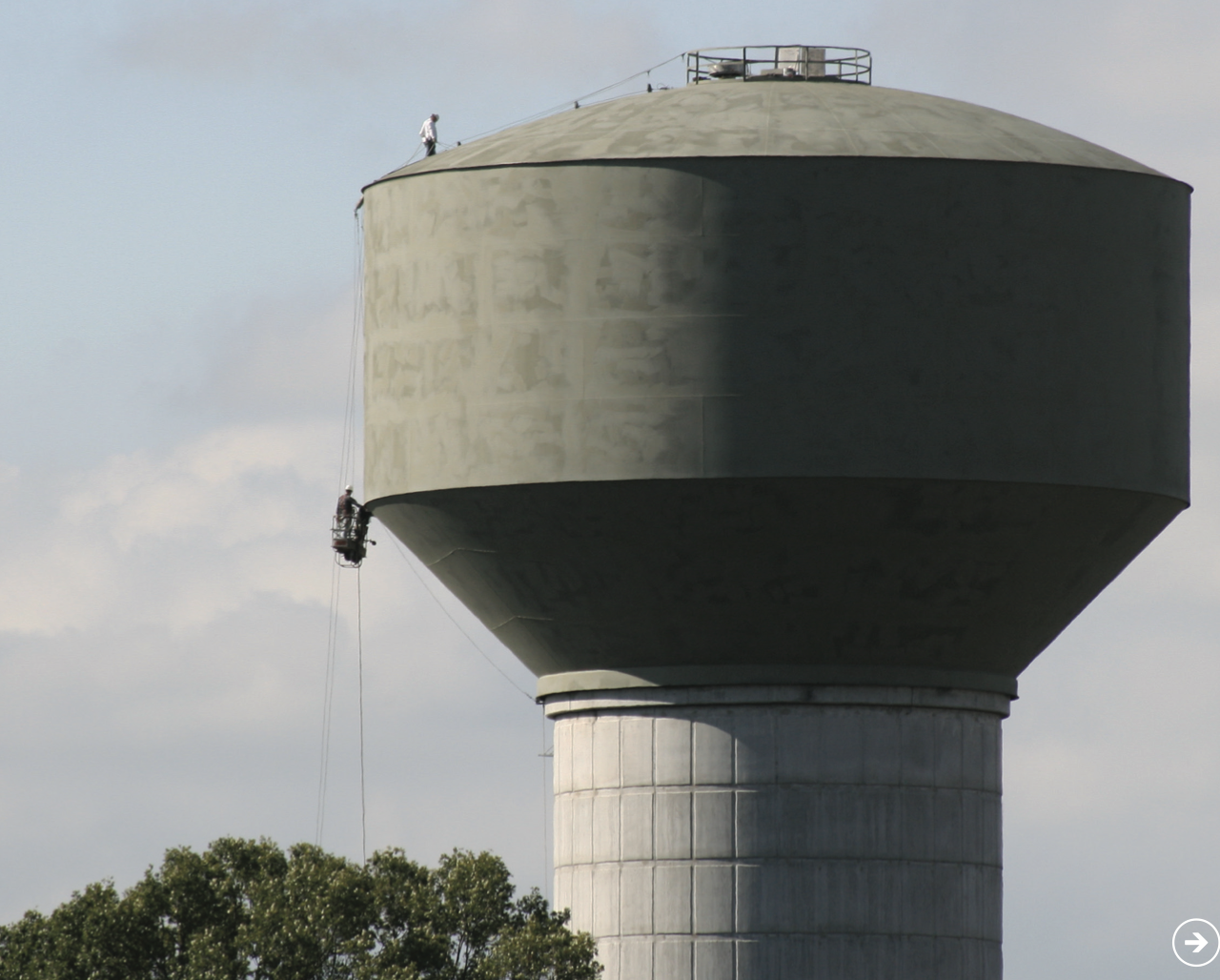
Effective Methods to Prevent Condensation in Food Plants
Explore essential techniques to combat moisture and ensure safety in your food processing facility.
- High Performance Coatings
Essential techniques to combat moisture getting into the manufacturing process.
Understanding Condensation and the Risk it Poses in Food Plants:
Condensation in food plants can lead to a multitude of operational challenges that can significantly impact both the safety and efficiency of the facility. One of the primary concerns is the risk of bacterial growth and contamination, which can compromise the quality and safety of food products. This is particularly problematic in environments where strict hygiene standards are mandated to ensure consumer safety and compliance with regulatory requirements. Additionally, condensation can create potential slip hazards for employees, increasing the risk of workplace accidents and injuries. The presence of moisture can also lead to the corrosion of equipment, which not only shortens the lifespan of machinery but also results in costly repairs and downtime. These risks are further exacerbated by the stringent hygiene standards required in food processing environments, where even minor lapses can have significant repercussions. Understanding the science behind condensation — the process where water vapor turns into liquid on cold surfaces — is crucial for identifying high-risk areas within a facility. This knowledge enables the implementation of effective control measures that can mitigate these risks and ensure a safe, efficient, and compliant operation.
Technological Innovations for Managing Humidity and Temperature
Advancements in technology have ushered in a new era of innovative solutions for effectively managing humidity and temperature within food processing plants. These cutting-edge technologies are crucial in maintaining the delicate balance required to ensure both product quality and operational efficiency. One such groundbreaking innovation is the use of desiccant dehumidifiers. These devices are specifically designed to extract moisture from the air, thereby maintaining optimal humidity levels that are essential for preventing the growth of mold and bacteria. By removing excess moisture, desiccant dehumidifiers play a vital role in safeguarding the integrity of food products and extending their shelf life.

In addition to dehumidifiers, the advent of smart HVAC systems has revolutionized climate control within food plants. These systems are equipped with advanced programming capabilities that allow them to adapt dynamically to varying environmental conditions. By actively monitoring and adjusting temperature and humidity levels, smart HVAC systems significantly reduce the risk of condensation, which can lead to equipment corrosion and product spoilage. This active climate control ensures a stable and safe environment, crucial for meeting stringent hygiene standards.
The Role of Ventilation Systems in Reducing Condensation
A robust ventilation system is absolutely essential for effectively mitigating condensation issues in food processing plants. Proper ventilation plays a critical role in ensuring the continuous exchange of indoor and outdoor air, which is vital for balancing humidity levels and significantly reducing moisture accumulation. This exchange is crucial because it prevents the buildup of humid air that can lead to condensation on surfaces, which is a common problem in environments where temperature and humidity levels fluctuate. Implementing exhaust fans in critical areas, such as processing zones and near steam-generating equipment, is a strategic measure that can effectively expel warm, moist air from the facility. By doing so, these fans help to stop condensation before it even starts, thereby maintaining a safer and more efficient working environment.

Moreover, integrating advanced heat recovery ventilation (HRV) systems can further enhance the facility's climate control capabilities. These systems are designed to recover energy from the exhaust air, which would otherwise be wasted, and use it to preheat incoming fresh air. This process not only conserves energy but also helps maintain a stable temperature throughout the facility, which is crucial for preventing condensation. The strategic placement of air ducts is another important consideration, as it ensures that air is distributed evenly and efficiently throughout the plant. Regular maintenance of the ventilation system is also a key factor in its effectiveness against condensation. This includes routine checks and cleaning to ensure that all components are functioning optimally, thereby preventing any potential issues that could lead to moisture buildup. By implementing these comprehensive ventilation strategies, food processing facilities can significantly reduce the risk of condensation, ensuring a safer and more hygienic environment for both products and personnel.
Material Choices and Construction Strategies to Prevent Moisture Buildup
The materials used in food plant construction significantly impact moisture management:
- Flooring: Non-porous, seamless epoxy or urethane concrete provide impermeable surfaces that prevent moisture absorption and facilitate drainage.
- Wall Systems: Fiberglass reinforced plastic (FRP) panels offer excellent moisture resistance while meeting sanitation requirements.
- Ceiling Materials: Suspended PVC or aluminum ceiling systems resist corrosion and prevent condensation dripping.
Construction Strategies
- Vapor Barriers: Installing continuous vapor barriers within wall assemblies prevents moisture migration.
- Thermal Breaks: Strategic placement of thermal insulation minimizes condensation on cold surfaces.
- Drainage Systems: Properly sloped floors with strategic drain placement efficiently removes water during cleaning.
- HVAC Design: Positive pressure differentials and dehumidification capabilities help manage airborne moisture.
The Aerolon Series 971 Advantage
Aerolon Series 971 thermal insulating coating represents a significant advancement in moisture management for food processing facilities. Key advantages include:
- Thermal Efficiency: Its aerogel-based formulation provides superior insulation with minimal thickness, effectively preventing condensation on cold surfaces.
- Mold Resistance: Unlike traditional insulation materials, Series 971 contains antimicrobial properties that inhibit mold and bacteria growth.
- Application Versatility: It can be applied to complex geometries and hard-to-insulate areas where conventional materials fail.
- Durability: Series 971 maintains its performance even after multiple cleaning cycles, unlike some competitive coatings that degrade with repeated exposure to sanitizing agents.
- Compliance: Fully compliant with FDA regulations for food contact environments.
Case Studies: Successful Condensation Control in Food Processing Environments
Real-world examples illustrate the success of holistic approaches to condensation control. In one case study, the last thing this processing facility needed was water dripping onto the floor and the production equipment in its factory. After researching this issue, the building owner discovered the water drops forming on their ceiling were being created by condensation. Just above their warm, heat-filled processing rooms was a cold storage room and their proximity was creating the problem, so they searched for the best solution.
If you have a condensation problem, we can help.
LET OUR KNOWLEDGE AND EXPERTISE HELP ENSURE YOUR NEXT PROJECT IS SUCCESSFUL

Unlocking the Power of Zinc Primers in High...
Explore the transformative role of zinc primers...

Fluoropolymers or Polyurethanes: Making the Best...
Here we discuss the difference between...

Zinc rich primers in potable water tanks
Zinc Rich Primers In Potable Water Immersion